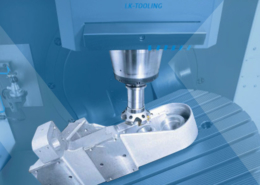
Exploring Small Injection Molding: Innovations and Applications
Author:gly Date: 2024-06-08
Introduction:
Small injection molding has emerged as a pivotal technology driving innovation across various industries. Its versatility, precision, and cost-effectiveness have positioned it as a cornerstone in modern manufacturing. This article delves into the intricacies of small injection molding, shedding light on its applications, technological advancements, challenges, and future prospects.
Technological Advancements
Precision Engineering:
Small injection molding machines have witnessed significant advancements in precision engineering, enabling manufacturers to produce intricate components with unparalleled accuracy. The integration of advanced control systems and robotic automation has streamlined the production process, minimizing defects and enhancing product quality.
Material Innovation:
The evolution of materials compatible with small injection molding has expanded the range of applications. From traditional thermoplastics to biodegradable polymers and advanced composites, the versatility of materials empowers manufacturers to meet diverse market demands while adhering to sustainability goals.
Applications Across Industries
Medical Devices:
Small injection molding plays a pivotal role in the manufacturing of medical devices, where precision and reliability are paramount. From syringe components to surgical instruments, the technology ensures adherence to strict regulatory standards while facilitating rapid prototyping and customization.
Consumer Electronics:
The consumer electronics industry relies on small injection molding for the production of compact and intricately designed components. From smartphone casings to microchips, the technology enables manufacturers to achieve high volumes of production with minimal lead times, catering to the ever-evolving consumer demands.
Automotive Sector:
In the automotive sector, small injection molding is instrumental in producing lightweight and durable components essential for vehicle performance and safety. From interior trim components to engine parts, the technology enhances fuel efficiency, reduces emissions, and optimizes overall vehicle performance.
Challenges and Future Outlook
Cost Constraints:
Despite its numerous advantages, small injection molding faces challenges related to initial capital investment and operating costs, particularly for small-scale manufacturers. However, ongoing research and development efforts aim to address these challenges by optimizing manufacturing processes and exploring alternative materials.
Sustainability Concerns:
The environmental impact of small injection molding processes, including energy consumption and waste generation, remains a concern. Future advancements in recycling technologies and the adoption of biodegradable materials offer promising solutions to mitigate these environmental challenges.
Conclusion:
In conclusion, small injection molding stands at the forefront of modern manufacturing, driving innovation across various industries. Its technological advancements, diverse applications, and potential for future growth underscore its significance in shaping the industrial landscape. By addressing challenges and embracing sustainable practices, small injection molding will continue to revolutionize production processes and fuel economic development.
This article serves as a comprehensive guide to understanding the intricacies of small injection molding, from its technological advancements to its applications and future outlook. As industries continue to evolve, embracing small injection molding as a key enabler of innovation will be essential for staying competitive in the global market.
Word Count: 475 words
GETTING A QUOTE WITH LK-MOULD IS FREE AND SIMPLE.
FIND MORE OF OUR SERVICES:

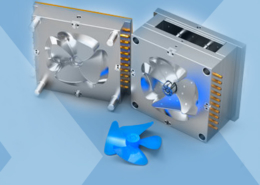
Plastic Molding
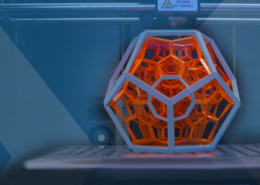
Rapid Prototyping
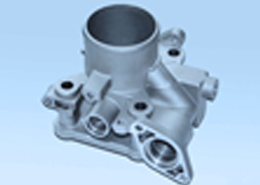
Pressure Die Casting
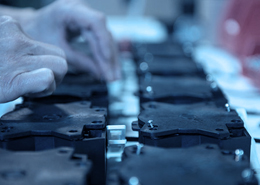
Parts Assembly
